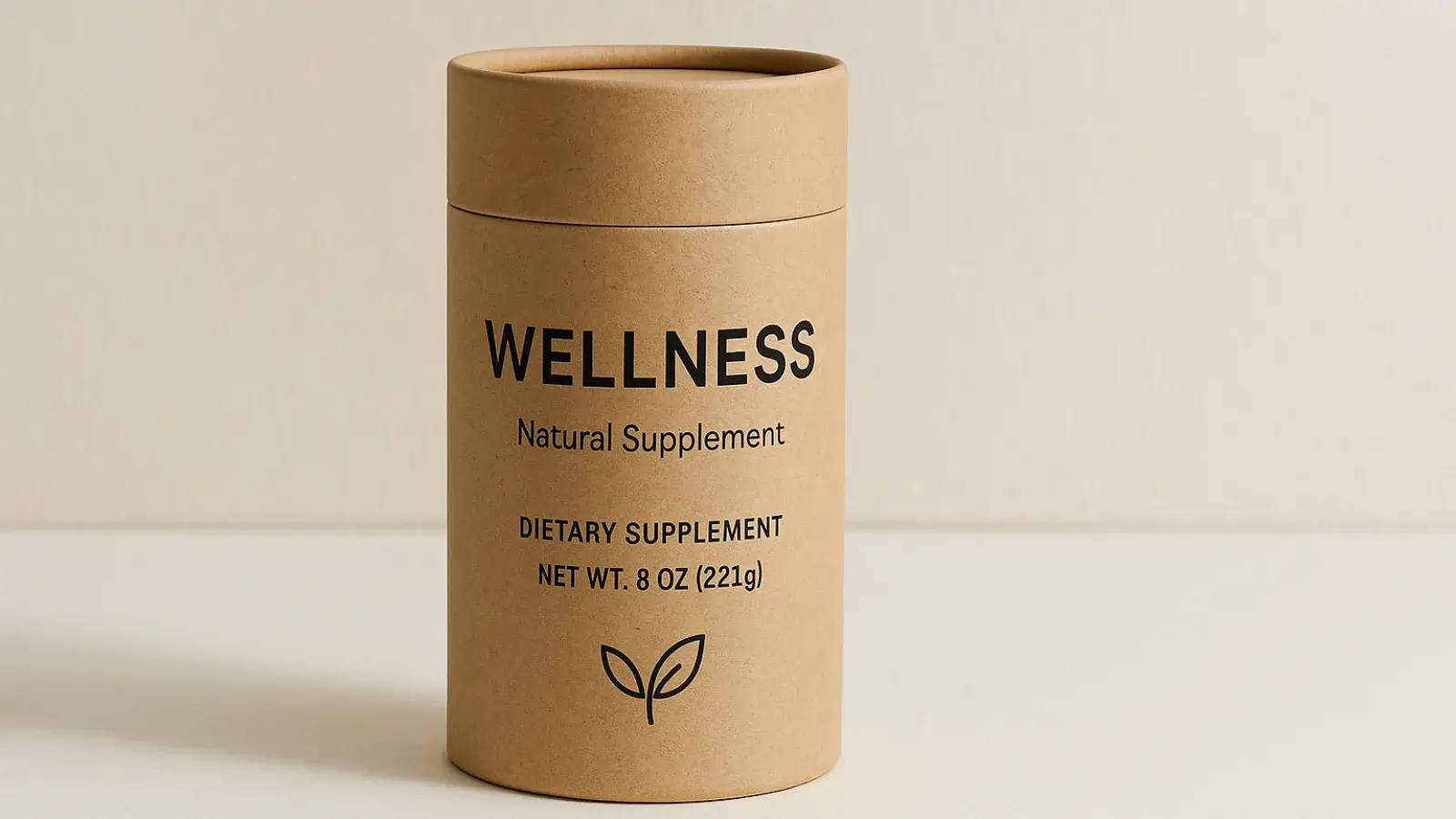


As inflation continues to impact the global economy, its ripple effects are becoming increasingly evident in the wellness industry — and nowhere is that more visible than in packaging. What was once an opportunity to signal premium status or brand ethos is now a complex cost center that must balance functionality, aesthetic appeal, and financial sustainability.
For brands in wellness — whether producing plant-based supplements, nootropic beverages, or probiotic snacks — packaging remains a crucial piece of the consumer journey. It’s the first interaction, the primary brand ambassador on a crowded shelf or in a digital thumbnail. But with raw materials, labor, and shipping costs all rising simultaneously, maintaining a sophisticated packaging experience has become a steep challenge.
Packaging now needs to wear many hats. It must protect the product, communicate values, and deliver on shelf presence — all without breaking the budget. These pressures are pushing brands toward more flexible, integrated solutions. That might mean choosing materials with a better balance of performance and cost or rethinking package structure to eliminate excess bulk without sacrificing design intent.
In the past, sustainable materials may have seemed optional. Today, they’re a brand imperative — yet still costly and complex to implement, especially for smaller operations. So, many brands are exploring hybrid models: combining post-consumer recycled content with traditional materials or using biodegradable components in limited-release SKUs to test feasibility.
Innovation in wellness packaging isn’t just about changing the look — it’s about maximizing efficiency at every level. Brands are investing in smarter layouts, universal labeling systems, and digital printing methods that reduce minimum order requirements and speed up production timelines. They're also leaning into QR codes and app integrations to offload information from the packaging itself, making room for sleeker, cleaner designs.
The rise of limited-edition wellness drops and influencer collaborations has also redefined packaging needs. Brands are seeking designs that can shift quickly, with short-run capabilities and just-in-time production models that allow them to adapt to trends and feedback rapidly.
For wellness brands navigating the inflationary economy, success will come not just from cost management, but from turning constraints into creativity. Those who embrace design thinking, agile production, and consumer empathy in their packaging choices will come out stronger — not just surviving but leading the next chapter of the wellness movement.
